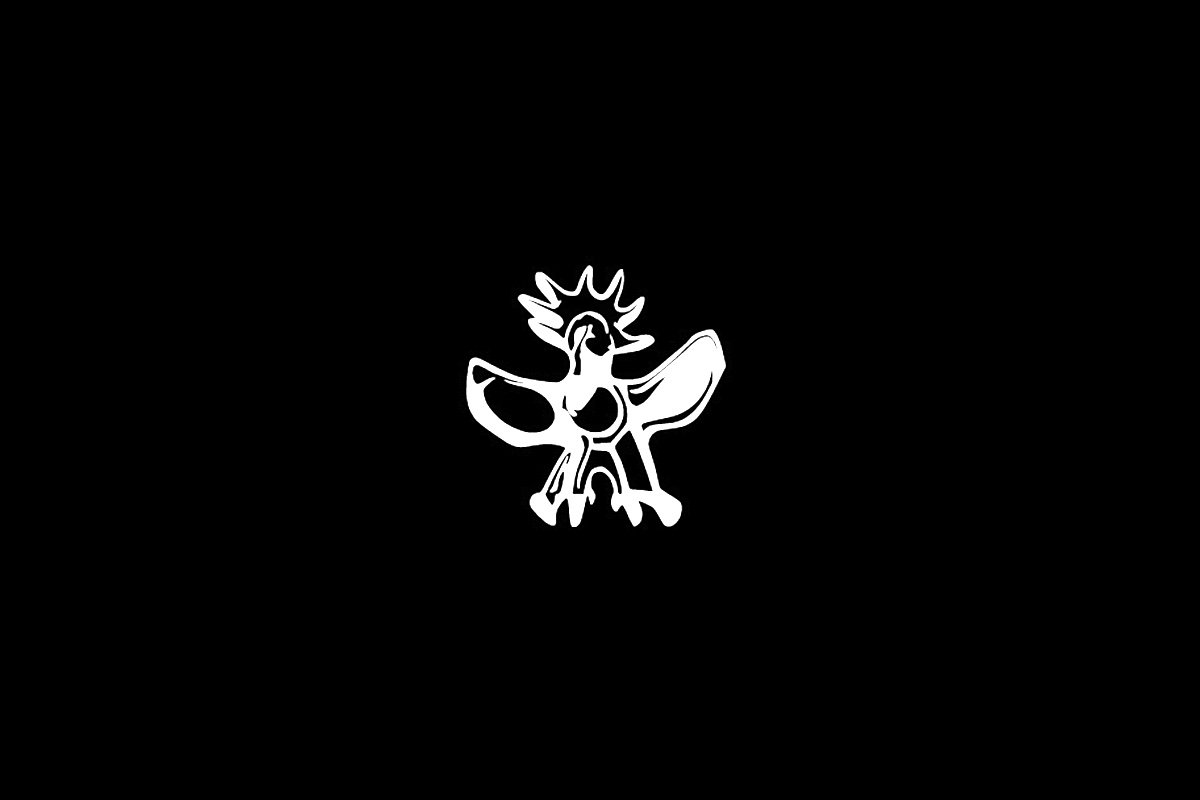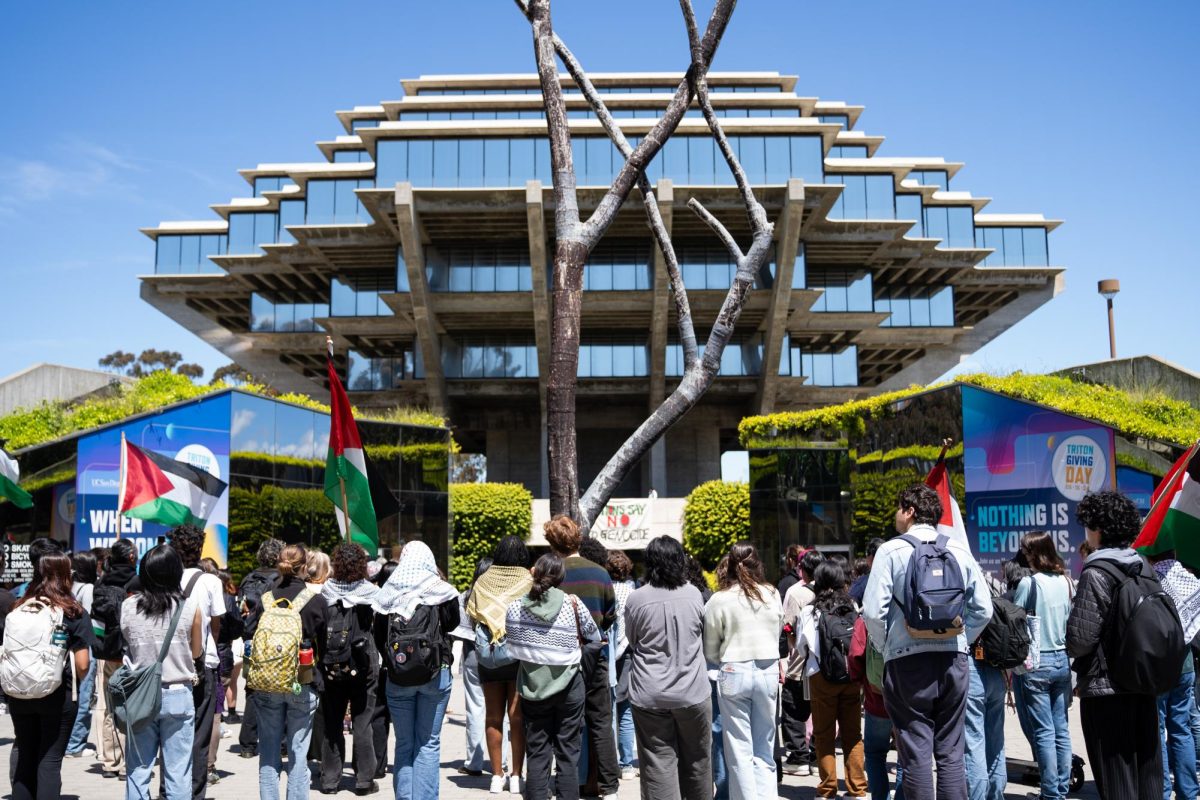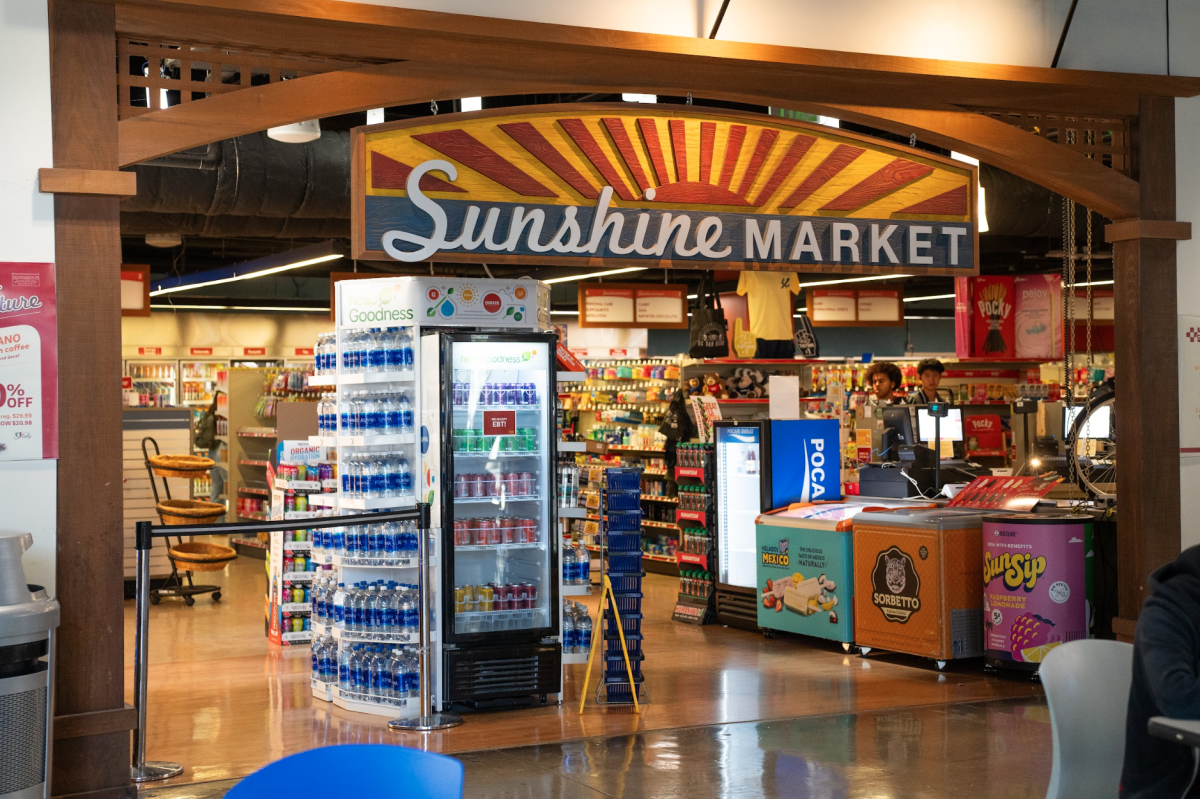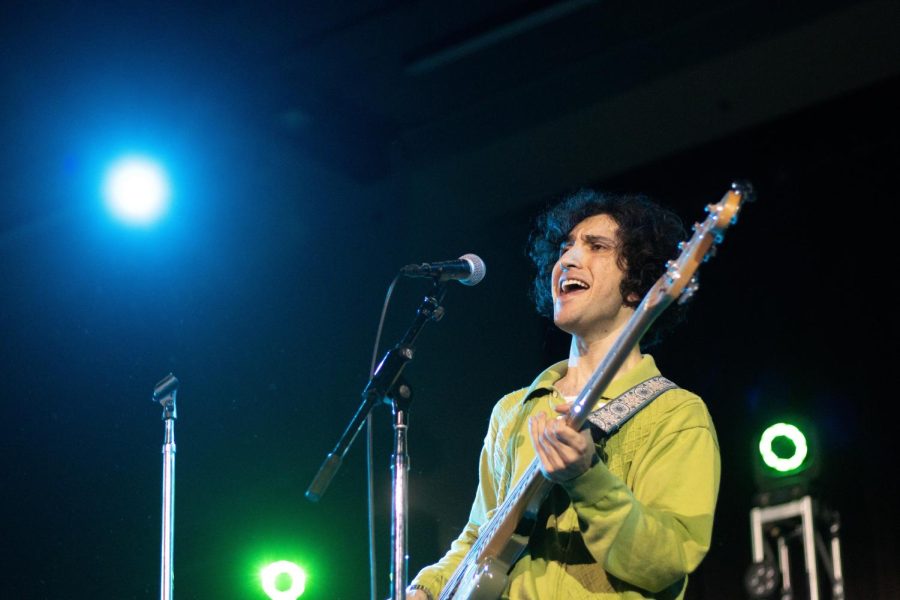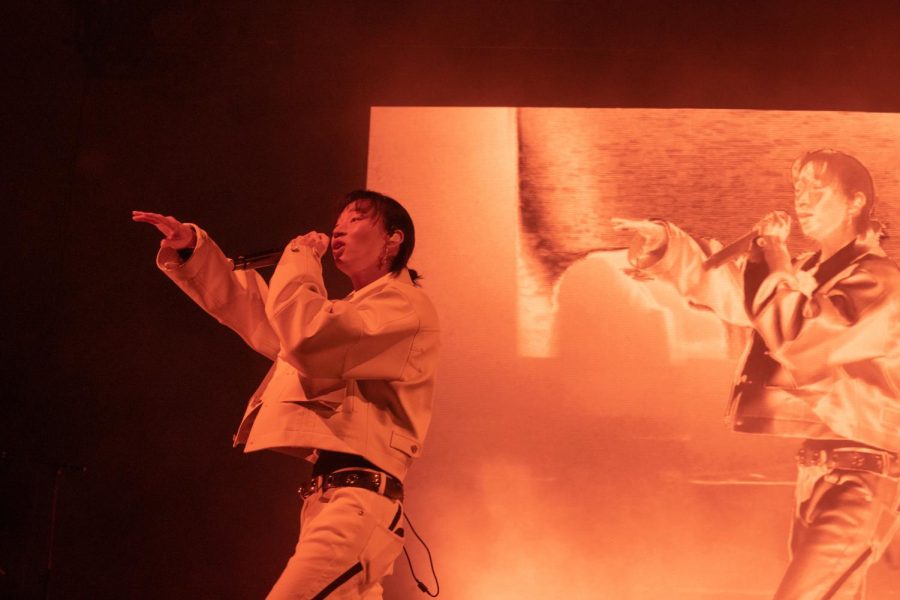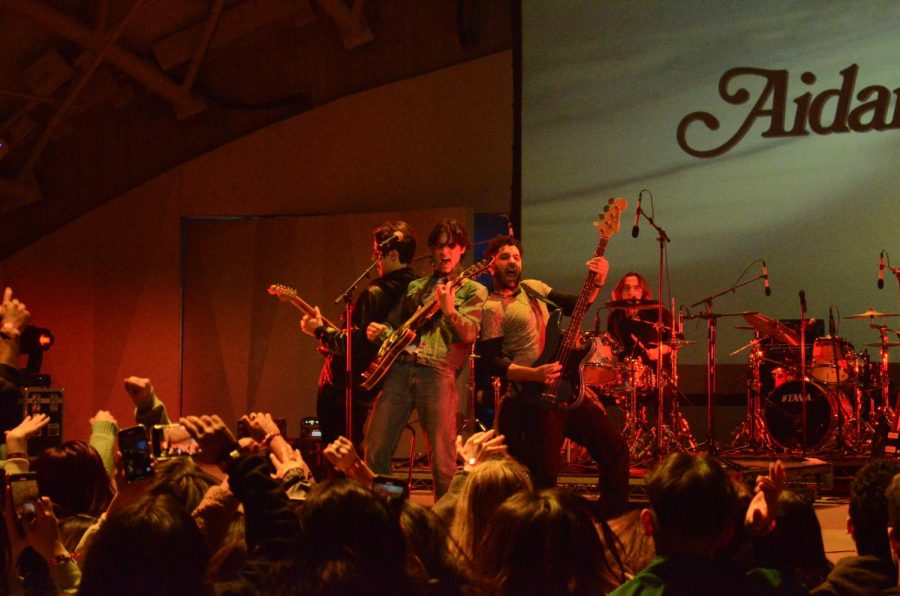On the evening of April 2, Pope John Paul II died, and shortly thereafter, more than two million people descended upon Rome. As one student among 75 UC Education Abroad Program students studying in Rome for the semester — and living a block from the Vatican — there was no way for me to escape the crowd. It was completely overwhelming. Entire streets were blocked and overflowing with people.
The late Pope John Paul II completely consumed my life that week. My friends and I spent most of our weekend nights in St Peter’s Square among the people holding vigils for the pope. We were surrounded by singing, prayer, chanting, applause (an Italian show of respect), fields of candles, makeshift shrines and a moment of complete silence after the pope’s death was announced — which is eerie in a crowd of 70,000 or more people. The whole experience was immensely moving.
On the night the pope died, the bishop of Rome said, “We all feel like orphans tonight.” No one knew what to do with themselves. The people seemed completely lost, without a father.
On the morning of April 6, I went with my friends Sam, Brianna and Emily to see the pope’s body inside the Basilica. There was no way to sleep during the hours we waited, and so we stood for almost the entire time. By the middle of the night, the four of us were huddled together on the ground, when some people started to sing Italian hymns in the pope’s honor.
“If you could be anywhere in the world right now, where would you be?” Sam asked me.
“Right here,” I said.
“Exactly,” he said. That’s how we all felt, despite it being miserable.
By morning, we finally made it inside the Basilica. The early sunlight was filtering through the misty haze around the dome, and the church was blasting epic religious music and engaging in dramatic prayers. We all felt triumphant, as if we were on a real pilgrimage.
It was very surreal to view the pope’s dead body. His face was cold and gray and gave the impression of wax. His body was clothed in a vibrant, jeweled gown. It was hard to believe that this was the same man who had blessed the crowd in the square from his window just one week before.
The next night, we were allowed to attend the pope’s funeral despite security and safety issues. We were told that making it into St. Peter’s would be impossible and were encouraged to watch the vigil onscreen from one of the adjacent piazzas, so when Sam insisted we could make it in and that we should camp out to do so, I had my doubts.
Around 7:30 p.m., I headed out with Sam to stake out a place for some of the others in our program who were meeting us later. Eventually, we came across a spot in Piazza di Risorgimento, at the intersection of a cross street leading to St. Peter’s. We were literally sitting on the asphalt — my second night that week sleeping on the streets of Rome. The piazza and the streets were packed and people were huddled together, lying practically on top of one another, trying to stay warm. We were in one of the primarily Polish camps, and for a while, I forgot where we were. Polish natives carrying their national flag surrounded us, yelling and singing old folk songs through the night.
Eventually, Emily met us, along with our friend Stephanie. Luckily, some people nearby had just moved, so they were able to sit with us. Emily was intelligent enough to bring a blanket. I ended up using my backpack as a pillow, and the Polish man next to me shared some of his mat and blanket. They had shared their Polish sausage with us earlier. The atmosphere was very communal, even though we didn’t speak the same language; there was a uniting feeling that we were all there for the same reason. We lay there from 8 p.m. until 4 a.m., trying to sleep, but mostly just talking delirously and running on very few hours of sleep. Eventually we had to stand, for if we had continued to lie down, we would have been in the middle of a moving crowd. So we spent a little over two hours standing, smashed and stagnant.
Once they finally started to let the crowds into the church, it took a frustrating two hours to finally make it into the square. Lines of any sort are non existent in Italy, and crowds turn into pushing herds. We eventually made it in and claimed a space at around 8:30 a.m. after more than 12 hours of waiting. We then spread our blanket and slept until mass started. The square was packed; the crowd was alive, trembling. Everyone was exhausted but grateful to be there. Flags from all over the world peppered the sea of people; the red-and-white Polish flag outnumbered any other by at least 10-to-one, and each had a black ribbon tied at the top as a sign of mourning for the Papa.
The mass was three hours long and very official, but it was periodically broken with applause, cheering and chanting from the crowd. This time the chants and songs weren’t only in Italian; Polish, German, Spanish and English could also be made out in the din. Everyone was joyful and thankful to be there but sad at the same time. I had to pinch myself in disbelief. It was incredible.
Once mass ended, we went home to catch up on some sorely missed sleep. It was over. I felt exhausted and overwhelmed by the amount of emotion still resonating from the hordes of people there to support and mourn Giovanni Paolo Segundo. I felt relieved that it was over, but also sad, tired, changed and deeply touched. It was an experience and a feeling that I will most likely never be able to fully describe.
Rome quieted down as most of the pilgrims and media left. Life returned to a form of normalcy, at least as normal as it ever is here. A few evenings later, Sam and I walked through St. Peter’s Square. The makeshift shrines and memorials were still there, along with a small gathering of people. Sam pointed out that despite the media’s absence and the fact that this chapter of history has closed for most of the world, for these people and scattered groups everywhere, it isn’t over. They will continue to come to this spot to light and relight candles, to read and add letters. One day, when I come back to Rome, and be able to show those burnt stones to my children, I will tell them that I was here when those spots were made and explain just how significant they are.
Days passed and the silent blanket over Rome was shattered again when the new pope was finally elected: Pope Benedict XVI — not quite the same ring as John Paul — but all of the Romani here seemed to be excited about him just the same.
My roommates and I watched the start of conclave on CNN (our one English channel) in our apartment on April 18. It was very formal and very rigid. We had expected the decision to take at least two or three days, so when we heard the bells we were completely confused.
When the new pope was selected and the ballots burned to produce the white smoke, all the church bells in Rome also sounded. The bells rang out through the city, in all or nearly all of the 900 or so Roman churches. I was on my bunk bed when I heard the cacophony. My roommates and I flipped on the news, saw the shot of San Pietro, and scrambled to get our shoes, jackets and cameras. The three of us ran out the door and then followed the Vatican Wall to the already packed piazza. People were herding into St. Peter’s in droves. They pushed themselves into the square, jumping over gates and around pillars, completely ignoring the carbinari’s lackluster attempts at crowd control.
We pushed our way through the labyrinth of people until we found a spot within sight of the Basilica’s main balcony. The sky was a pale blue, with billowing light gray clouds peering up from the back of the dome. It was sunny and started to rain slightly. I almost expected a rainbow.
Cardinals lined the balconies on either side of the main one where the head Cardinal came out, “Habemus papam!” he shouted. “We have a pope!” Benedict XVI emerged, said a few words and then gave his first “Urbi et orbi” (for the city and for the world) papal blessing. The whole ceremony could not have lasted more than an hour, but it was an hour that none of us will ever forget.


